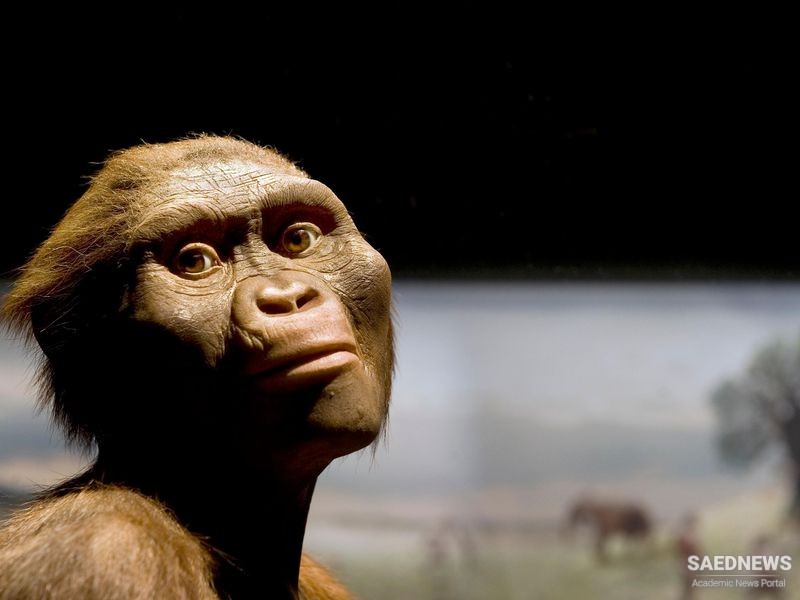Homo was no doubt related to Australopithecus, but is first clearly identifi able as distinct about 2million years ago on certain African sites; remains attributed to possible ancestors, however, have been dated by radioactivity to some 1 ½ million years before that. Where specialists disagree and may be expected to go on arguing about such fragmentary evidence as we have (all that is left of 2million or so years of hominid life could be put on a big dining-table), laymen had better not dogmatize. Yet it is clear enough that we can be fairly certain about the extent to which some characteristics later observable in humans already existed more than 2million years ago. We know, for instance, that the australopithecines, though smaller than modern humans, had leg-bones and feet which were man-like rather than ape-like. We know they walked upright and could run and carry loads for long distances as apes could not. Their hands showed a flattening at the fi ngertips characteristic of those of men. These are stages far advanced on the road of human physique, even if the actual descent of our species is from some other branch of the hominid tree. It is to early members of the genus Homo, none the less, that we owe our first relics of tools. Tool-using is not confi ned to men, but the making of tools has long been thought of as a human characteristic. It is a notable step in winning a livelihood from the environment. Tools found in Ethiopia are the oldest which we have (about 2 ½ million years old) and they consist of stones crudely fashioned by striking flakes off pebbles to give them an edge. The pebbles seem often to have been carried purposefully and perhaps selectively to the site where they were prepared. Conscious creation of implements had begun. Simple pebble choppers of the same type from later times turn up all over the Old World of prehistory; about 1 million years ago, for example, they were in use in the Jordan valley. In Africa, therefore, begins the flow of what was to prove the biggest single body of evidence about prehistoric man and his precursors and the one which has provided most information about their distribution and cultures. A site at the Olduvai Gorge in Tanzania has provided the traces of the first identifi ed building, a windbreak of stones which has been dated 1.9 million years ago, as well as evidence that its inhabitants were meat-eaters, in the form of bones smashed to enable the marrow and brains to be got at and eaten raw.


 History of Life on Blue Planet: How It Began?
History of Life on Blue Planet: How It Began?














































